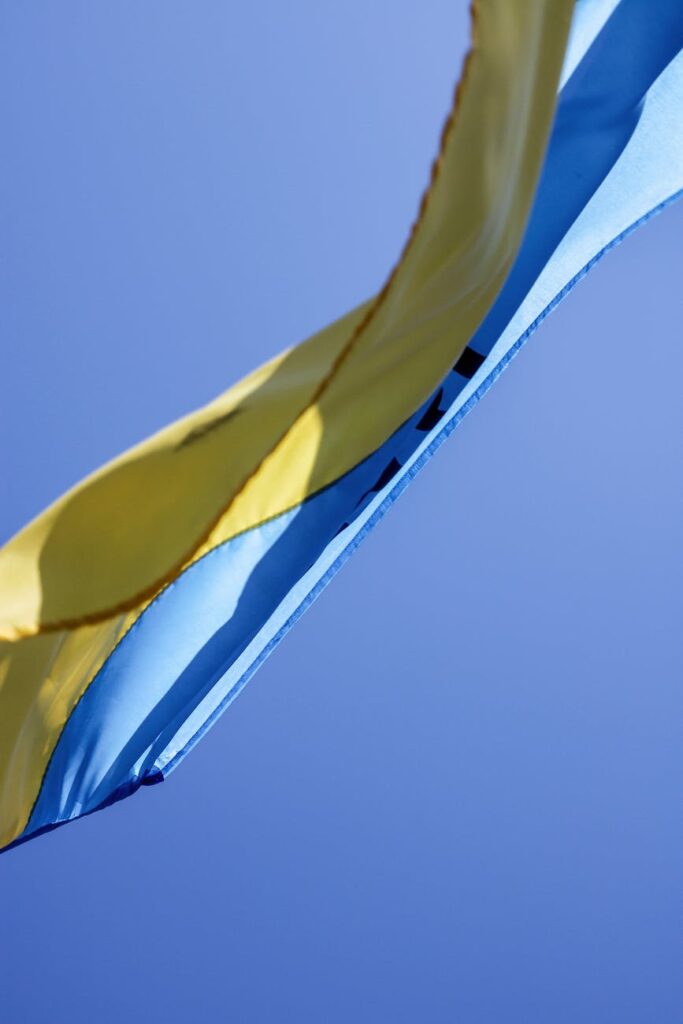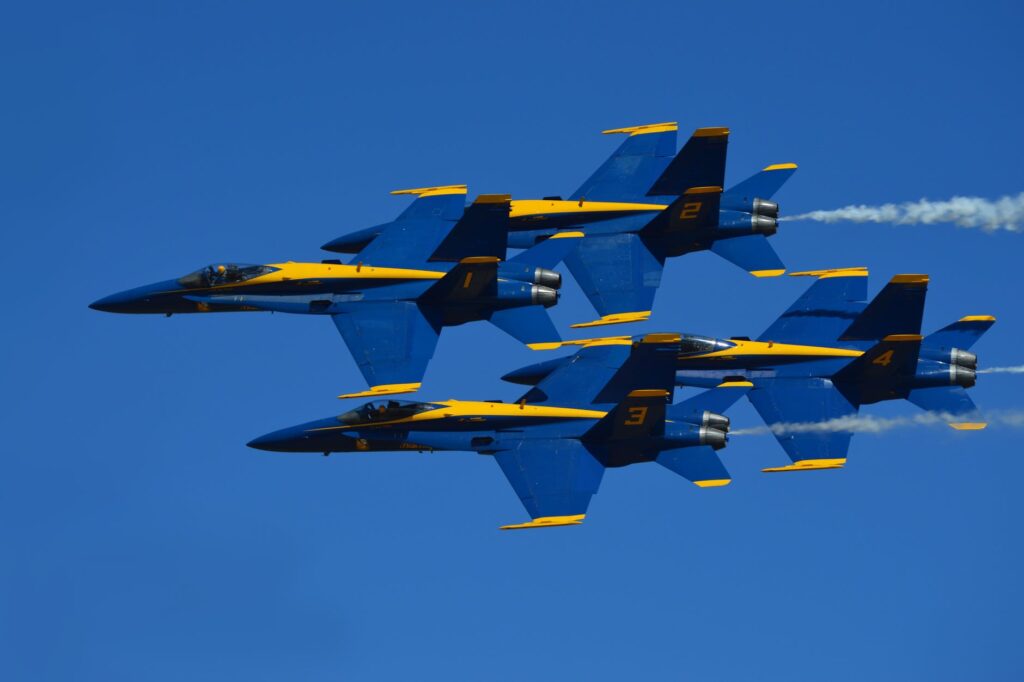
The Bell, 1/10/22
| What did Russia’s invasion cost Ukraine? Throughout the year, we have written about the impact of the war on Russia’s economy and society. But the main victims of this war are Ukraine and its citizens. Here is a short list of the losses and destruction inflicted on the country by the Russian military. In addition to those killed and injured — including civilians — Ukraine faces a budget deficit of at least $50 billion, a 70% fall in industrial output and a fivefold increase in poverty. Russia’s economy: -6% GDP The Russian economy in 2022 was expected to grow about 3%, according to government and Central Bank predictions from early February. However, in response to Russia’s invasion of Ukraine, a broad coalition of nations, both Western and Eastern, imposed several rounds of sanctions against Moscow. As a result, Russia’s economy contracted 2.8% this year. That means the war and sanctions caused Russia’s economy to be about 6% smaller than it would otherwise have been at the end of 2022. |
 |
| At 2021 prices, 6% of Russia’s GDP is equivalent to 9 trillion rubles ($130 billion). That figure would cover Russia’s healthcare budget for 6 years, or pay for education for 7 years. However, the bigger issue is the long-term consequences. External restrictions will prevent Russia’s economy from developing: Western markets are closed and in Asia there is high competition and overstretched infrastructure. It will take some time to fully enter these markets. Instead of proactive investment in innovation and technology, the authorities are choosing to spend on the military. Investment in people is increasingly linked to political views: funding for nurturing “patriotic” feelings is up sixfold, academic mobility is effectively at an end and access to cutting-edge equipment is blocked. In the modern world, economic development is shaped not by resources, but by human capital. Ignoring this fossilizes economic development. The middle class is hardest hit Russia’s middle class is the main economic victim of the Kremlin’s war. Real disposable incomes for Russians will fall 2.2% in 2022, the Ministry of Economic Development predicts. Incomes fell 1.2% year-on-year in Q1, 0.8% in Q2 and 3.4% in Q3 (figures for Q4 are not yet available). At the same time, middle class incomes (before we take into account the third quarter) are already down 5% year-on-year, according to calculations by an analyst at one of Russia’s biggest investment banks using data from the State Statistics Service. |
 |
| At the same time, there was steady growth in the incomes of the poorest groups in society, probably due to a wide range of social benefits. This is not the first time Russia’s middle class has been hit hardest by an economic crisis. First, it was hobbled by the 2008-09 crisis, then it suffered a protracted squeeze on incomes after 2014. The coronavirus pandemic only worsened the situation, with part of the middle class dropping into poorer income brackets. There’s no quick fix for Russia’s middle class, as the National Agency for Financial Research admitted. To achieve an uplift, the state would need to explore technological development, increase labor productivity, boost real incomes and support families with children. The government pledged to do these things in the 2010s, but those promises now appear to be long forgotten. 500,000 have left the country The war in Ukraine has sparked two waves of emigration. In spring, amid rumors of imminent border closures, hundreds of thousands of people rushed to leave the country. The authorities kept the borders open, and many returned to the country. However, seven months later, after the announcement of a “partial” mobilization, there was another exodus. In addition to the panic buying of airline tickets, which pushed prices sky-high, there were also enormous lines at Russia’s land borders.It’s almost impossible to get an accurate figure for how many people left the country because of the war. But we estimate that, since February, at least 500,000 Russians have fled the country and not returned. |
 |
| 25,000 fewer births Russia’s reproduction rate is already below “break even” and further decline seems inevitable. The direct impact of mobilization alone could amount to 25,000 ‘missing’ births in 2023, according to calculations by leading Russian demographer Mikhail Denisenko.Several factors lead to a declining birth rate including men of reproductive age being “taken away” from family life, according to Salavat Abylkalikov, a senior lecturer at the Institute of Demographics at the Higher School of Economics. There are also losses due to people leaving the country. However, the most important factor is people deciding to postpone having children until things are better — meaning many births will never take place. There are even suggestions that the total fertility rate will drop to the level of the late 1990s.Demographer Igor Yefremov estimates an imminent decline in the total fertility rate to 1.3, and then to 1.2 per woman. That compares with 1.5 last year. That will bring the number of births next year down to 1.2 million (last year there were 1.4 million). 25 million people without Instagram The past year has seen Russia blocking websites on an unprecedented scale. Just three weeks after the start of the war, communications watchdog Roskomnadzor — which has evolved into a sort of censorship agency — started restricting access to photo sharing social media site Instagram (at that time the second most popular social network in Russia). Within a week, the courts listed the platform’s owners, Meta, as an “extremist organization. At first it seemed that this cyber-blockade would do little to undermine Instagram’s position. After all, a similar ban on Telegram a few years earlier did little to affect the messenger’s audience. This time, though, the blockade was far more successful. According to Mediascope, 32 million people a day were using Instagram at the end of February. By early April, that had halved, and by early December the numbers dropped to just 7 million. An average user now spends 15 minutes a day on the site, compared with a pre-war 41 minutes. The main reason for the dramatic decline is the more effective blocking mechanisms available to the authorities that have followed a law “on sovereign Russian internet”. That law forced providers to install special devices to control traffic, making blocking far more effective. They also enable the state to block VPN services. Despite this, between March and July, 2022, Russia was second in the world for VPN downloads. We don’t know what will happen to Russia’s internet next year, but indications are not encouraging. So far, Russia’s authorities have shied away from the most radical step — a block on YouTube. Banning YouTube would “trigger another wave of interest in mechanisms to get round the block” and “greatly increase the load on Russian services that are barely ready to cope,” said parliamentary deputy Anton Gorelkin who has been at the forefront of legislative restrictions on the internet. Gorelkin added that YouTube, like any bad habit, should be suppressed gradually. Isolated by visas and prices Contrary to widespread fears, the Russian authorities did not close the country’s borders. However, 2022 still saw journeys outside of Russia — especially to the West — become more difficult and more expensive. Land borders to the European Union are almost completely closed to Russians with tourist visas, getting a visa is far more expensive and time-consuming and flights to Europe are two or three times more expensive. A source close to the travel industry told The Bell that the average cost of tickets from Russia to Europe has increased from its pre-war average of €400 ($423) to between €1000 and €1500. Flight times have increased from an average 3-4 hours to 8-24 hours. The key factor is the need to fly via third-nation hubs such as Istanbul, Yerevan or Astana (because most of Europe’s airspace is closed to flights from Russia). By the end of 2022, the total number of passengers carried by Russian airlines will be about 95 million. That’s down almost 15% compared with the previous year, or 26% compared with 2019 (before the pandemic), according to a source close to the aviation industry. |



